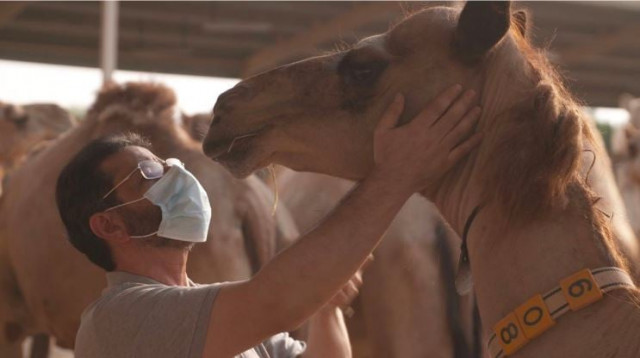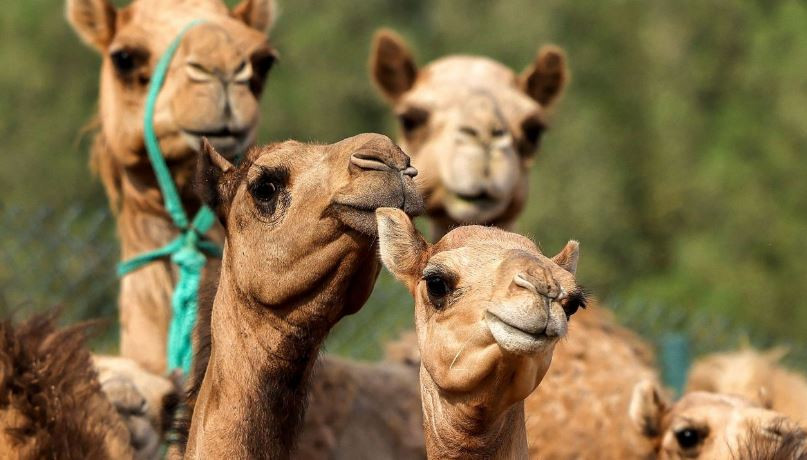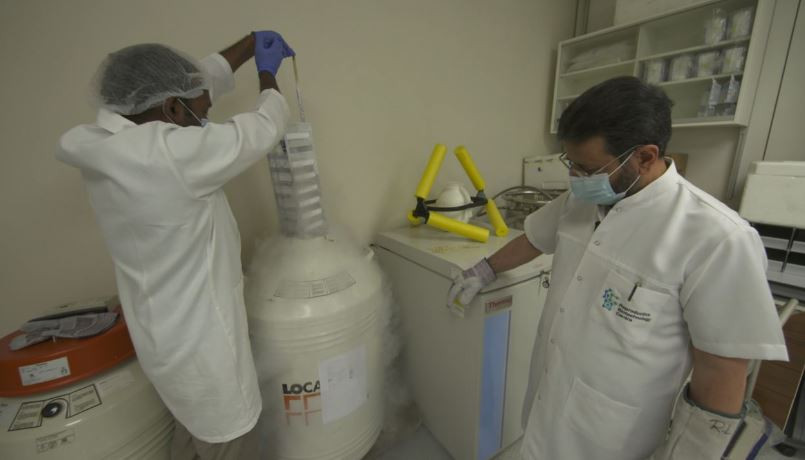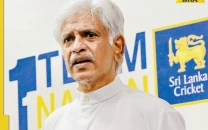Camel cloning – a thriving business in Dubai
Making an exact copy of your prettiest camel could set you back around 200,000 dirhams, or a little over $50,000

Dubai’s Reproductive Biotechnology Centre is making headlines for its cloning program that has been producing dozens of cloned dromedary camel calves each year.
The centre is under the scientific direction of Nisar Ahmad Wani, who made history in 2009 by successfully cloning the world’s first camel. Since then, the practice has become a regular occurrence, with Wani and his team making clones of not only camels but also sheep and buffalo.
According to a report by CNN, Wani and his team have developed new cloning techniques and maintain cell banks, which allow them to replicate animals with precision. However, their primary focus is on cloning camels, particularly those that are considered “beauty queens” because of their unique combination of drooping lips and long necks.
The Reproductive Biotechnology Centre is one of the few facilities in the world that specialises in camel cloning. Their success in the field has made them a popular destination for breeders and farmers, who seek to create copies of their prize-winning camels. The clones are usually used for breeding, racing, and even as pets.
The process of cloning camels involves transferring the genetic material of the original animal into an egg that has had its genetic material removed. The egg is then implanted into the womb of a surrogate mother who carries the clone to term. The entire process takes about a year, and the resulting calf is an exact genetic copy of the original animal.
Critics of cloning argue that the practice raises ethical concerns and may have long-term consequences for animal welfare. However, Wani and his team insist that their work is entirely ethical and that they take great care to ensure the welfare of their animals. They also emphasise the benefits of cloning, such as preserving rare and endangered species and improving the quality of livestock.
Replicating beauties
Camel beauty pageants are popular in the Gulf states and prize money runs into the tens of millions of dollars at some events. Owners have been disqualified in the past for using banned techniques such as injecting camels with silicone and fillers, and inflating body parts using rubber bands to enhance their appearance. But as far as these competitions are concerned, cloned camels are perfectly legitimate.
Though the Reproductive Biotechnology Centre declined to share its prices, according to reports in the local press, making an exact copy of your prettiest camel could set you back around 200,000 dirhams, or a little over $50,000.
Other than beauty queens, Wani and his team have also been reproducing elite racing champions to compete in the UAE’s many camel races (some of which are jockeyed by robots and can earn the winners thousands of dollars in prize money), as well as camels genetically altered to produce proteins in their milk that can be used for pharmaceutical applications. They have also been able to present bereaved camel owners with a replica of their deceased pet – cell samples can even be taken shortly after the death of the animal.
Wani works with a process that uses DNA from “somatic” (or non-reproductive) cells taken from the donor animal being cloned. The nucleus from these donor cells is introduced into an egg and activated by chemicals.
Also read: Israeli minister's call to 'erase' Palestinian village an incitement to violence, US says
“The DNA from the somatic cell starts behaving like the DNA of an embryo,” Wani says. “Once activated, they are cultured in a lab for seven to eight days before being transferred to the uterus of a surrogate mother.
“The baby produced has all the genes from a donor animal.”
According to Wani, the process is delicate and temperamental, with success rates for cloned pregnancies at just 10%, compared to 60% of natural camel pregnancies that are carried to term.
A cultural symbol
It might seem a lot of trouble to go to for a camel, but the animals are an important part of life in Dubai. In addition to featuring in pageants and races, historically these single-hump dromedaries have been used for transport across the harsh deserts of the Arabian Peninsula, as well as a source of meat and milk. But they are also a cultural symbol of the traditional Emirati way of life.
“Camels were an essential element to ensuring life was possible in the Arabian Peninsula prior to the era of oil and gas,” says Obaid Al Falasi, the co-founder of the Arabian Desert Camel Riding Center, Dubai's first camel riding school. “Traveling and trade between countries and settlements was facilitated by camels, who had the ability to endure the rough climate and survive on very little feed and water.”

Cloned camel calves at the Reproductive Biotechnology Center in Dubai. PHOTO: AFP
The camels, he adds, were the people’s treasure and companion, and that is still the case today for certain Emirati tribes and families. For many, they hold spiritual significance as well. “Camels are mentioned in the Quran and described many times as unique compared to other animals, with abilities given by God – like survival without water and food,” Al Falasi says.
Despite their status, he says that camel cloning isn’t considered sacrilegious. “Cloning is a scientific achievement in its own and should be considered as such,” he explains.
Dubai’s Camel Breeding Center and its Camel Reproduction Center also produce elite camels, but rather than cloning, those two labs focus on embryo transfer, where an embryo is harvested from one female and implanted in a different camel to improve the chances and rate of reproduction.
Al Falasi says that cloning is too expensive for most people and that embryo transfer is more common, “to ensure that a good camel can produce more offspring [through surrogacy], instead of every year or two.”
Back from the brink
Now, Wani and his team are looking to use the technology to help endangered species.

"All cloned animals are genetic replicas of the donor animals," says Wani (right). PHOTO: CNN
The two-humped wild Bactrian camel is among the most endangered large mammals on the planet, threatened by habitat loss and interbreeding with domestic camels. To help preserve wild Bactrian camels, Wani and his team are working on techniques that involve interspecies somatic cell nuclear transfer, where a closely related domestic animal species is used as the egg donor as well as surrogate mother to carry the cloned embryos to term.
In 2017 the first cloned Bactrian camel was born at the center using this method, after an embryo was implanted into a dromedary camel.
In the future, Wani hopes to employ the cloning technique to preserve other critically endangered animal species and even help to restore extinct species.
“Our center is focused on developing and applying the latest reproductive biotechnology techniques like cloning, IVF, artificial insemination and embryo transfer to enhance the multiplication of different animal species of the region and also for the conservation of endangered species,” says Wani.



















COMMENTS
Comments are moderated and generally will be posted if they are on-topic and not abusive.
For more information, please see our Comments FAQ